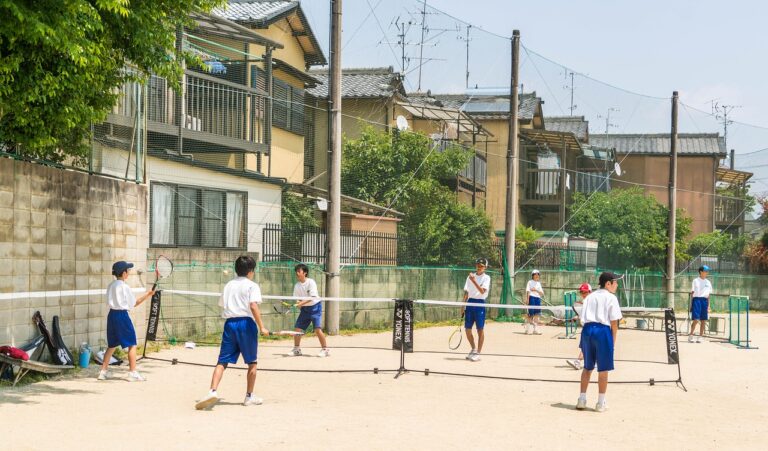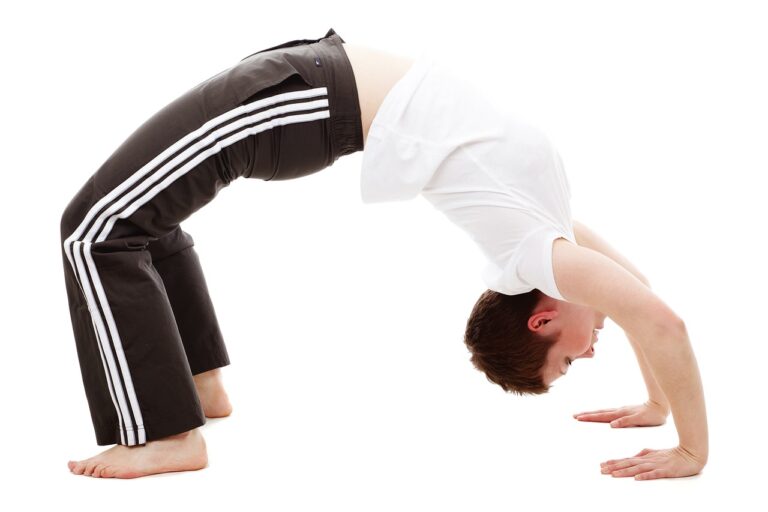Techniques for microsurgical replantation in avulsed scalp injuries: Goldenexch99, Cricbet99 club.com, King567 login
goldenexch99, cricbet99 club.com, king567 login: Microsurgical replantation in avulsed scalp injuries is a challenging yet critical procedure that can help restore function and aesthetics for patients who have experienced such traumatic injuries. This intricate surgery involves reattaching the avulsed scalp tissue back to the patient’s head using microsurgical techniques. Here, we will discuss some essential techniques for successful microsurgical replantation in avulsed scalp injuries.
Assessment and Preparation
Before starting the surgery, a thorough assessment of the avulsed scalp tissue and the recipient site on the patient’s head is essential. The healthcare team should ensure that the scalp tissue is viable for replantation and that the recipient site has adequate blood supply to support the replanted tissue.
Microsurgical Technique
During the surgery, the avulsed scalp tissue is carefully reattached to the recipient site using microsurgical techniques. This involves identifying and reconnecting the blood vessels, nerves, and other structures to ensure proper circulation and function of the replanted tissue. Surgeons use specialized microscopes and instruments to perform these delicate procedures with precision.
Postoperative Care
After the replantation surgery, patients require close monitoring and care to ensure proper healing and functioning of the replanted tissue. This may include dressing changes, wound care, and physical therapy to help the patient regain function in the replanted scalp tissue.
Complications and Follow-up
Despite the best efforts of the healthcare team, complications can arise following microsurgical replantation in avulsed scalp injuries. Patients may experience issues such as infection, poor wound healing, or loss of sensation in the replanted tissue. It is essential for patients to follow up with their healthcare providers regularly to monitor for any complications and address them promptly.
FAQs
1. How long does it take to recover from microsurgical replantation in avulsed scalp injuries?
Recovery time can vary depending on the extent of the injury and the individual patient’s healing process. Patients may require several weeks to months to fully recover and regain function in the replanted scalp tissue.
2. Are there any long-term effects of microsurgical replantation in avulsed scalp injuries?
In some cases, patients may experience long-term effects such as scarring, hair loss, or altered sensation in the replanted tissue. It is essential for patients to discuss these potential risks with their healthcare providers before undergoing the surgery.
3. Can microsurgical replantation be performed on all types of scalp injuries?
Microsurgical replantation is generally reserved for more severe avulsed scalp injuries where traditional methods of repair may not be sufficient. Patients with less severe injuries may be candidates for alternative treatments such as skin grafts or tissue expansion.
In conclusion, microsurgical replantation in avulsed scalp injuries is a complex procedure that requires specialized skills and expertise. By following proper techniques and providing diligent postoperative care, healthcare providers can help patients achieve successful outcomes and improve their quality of life.







